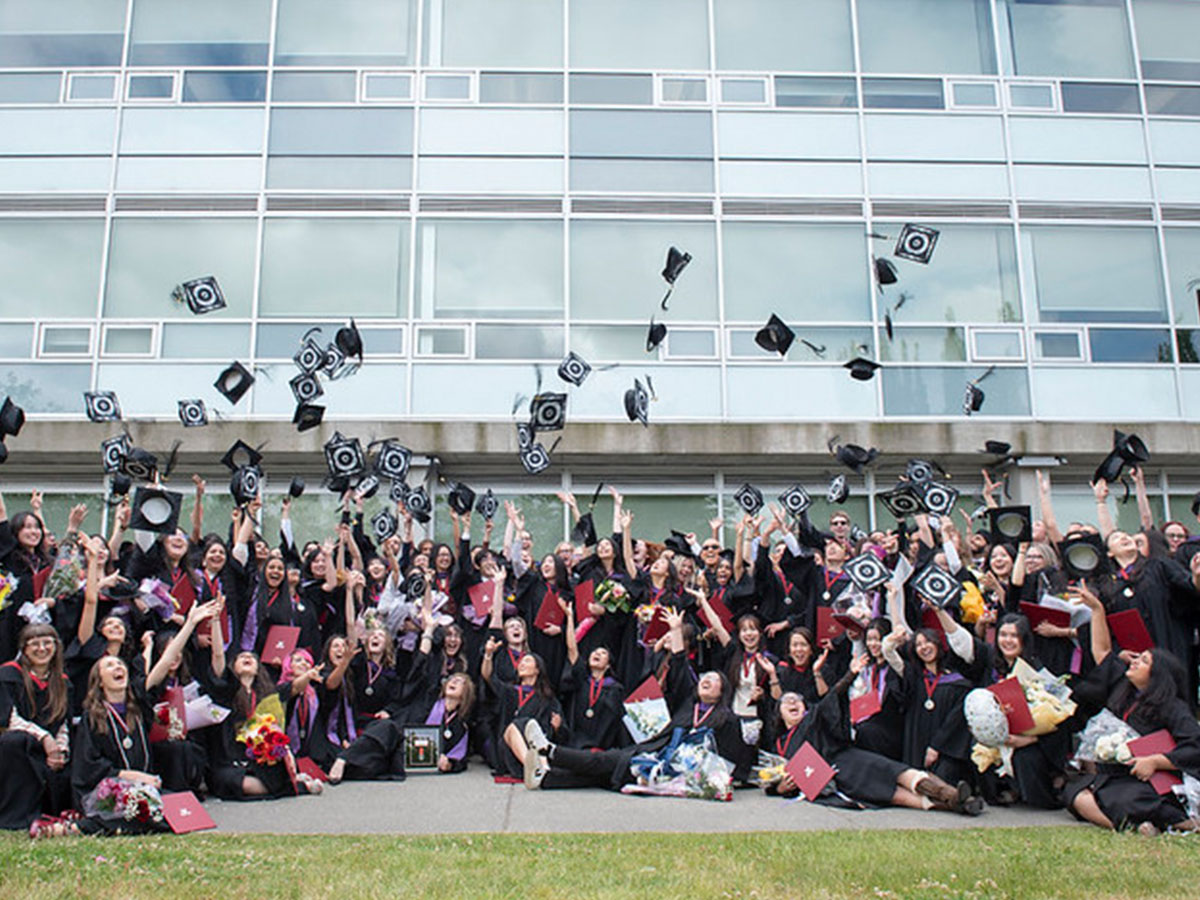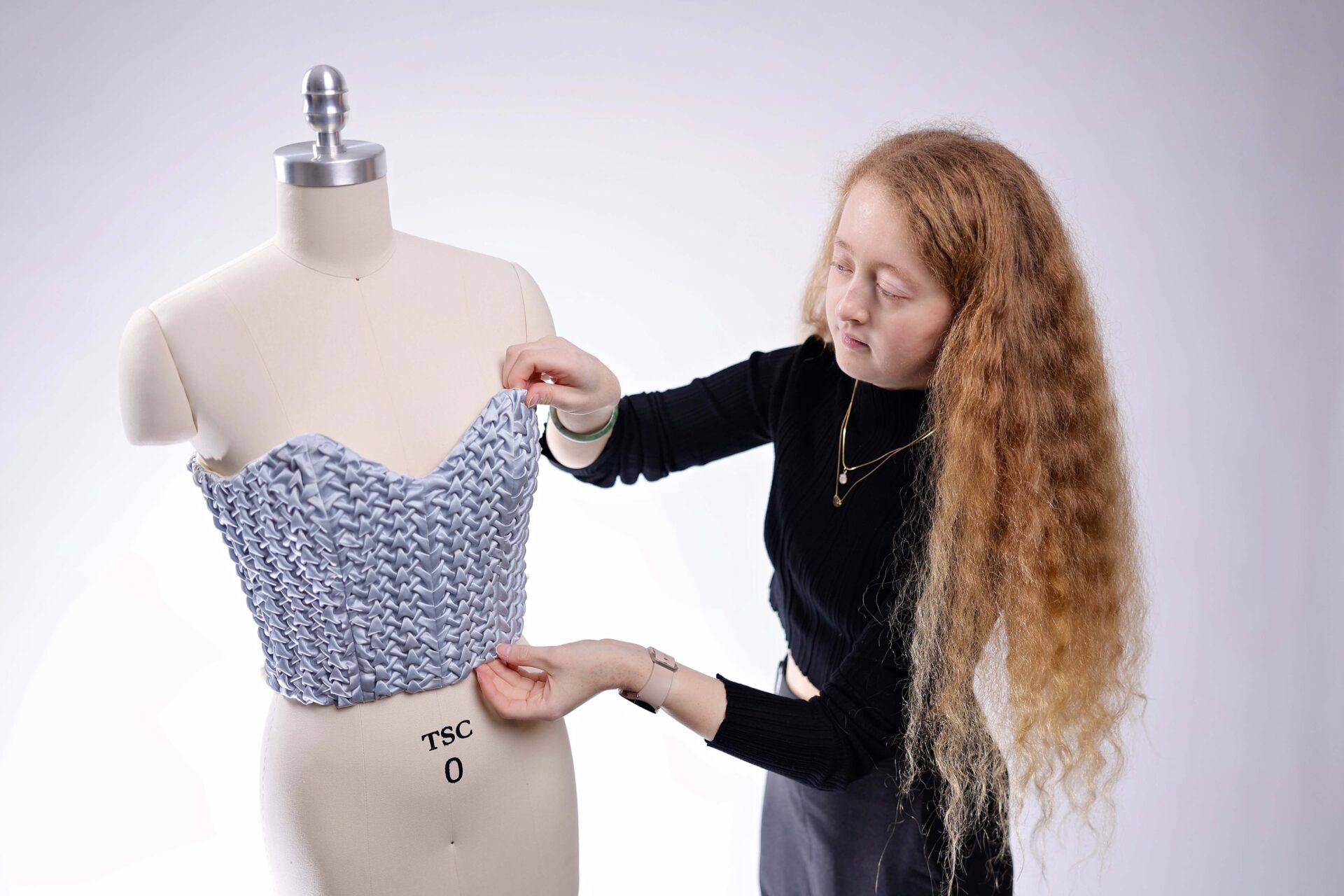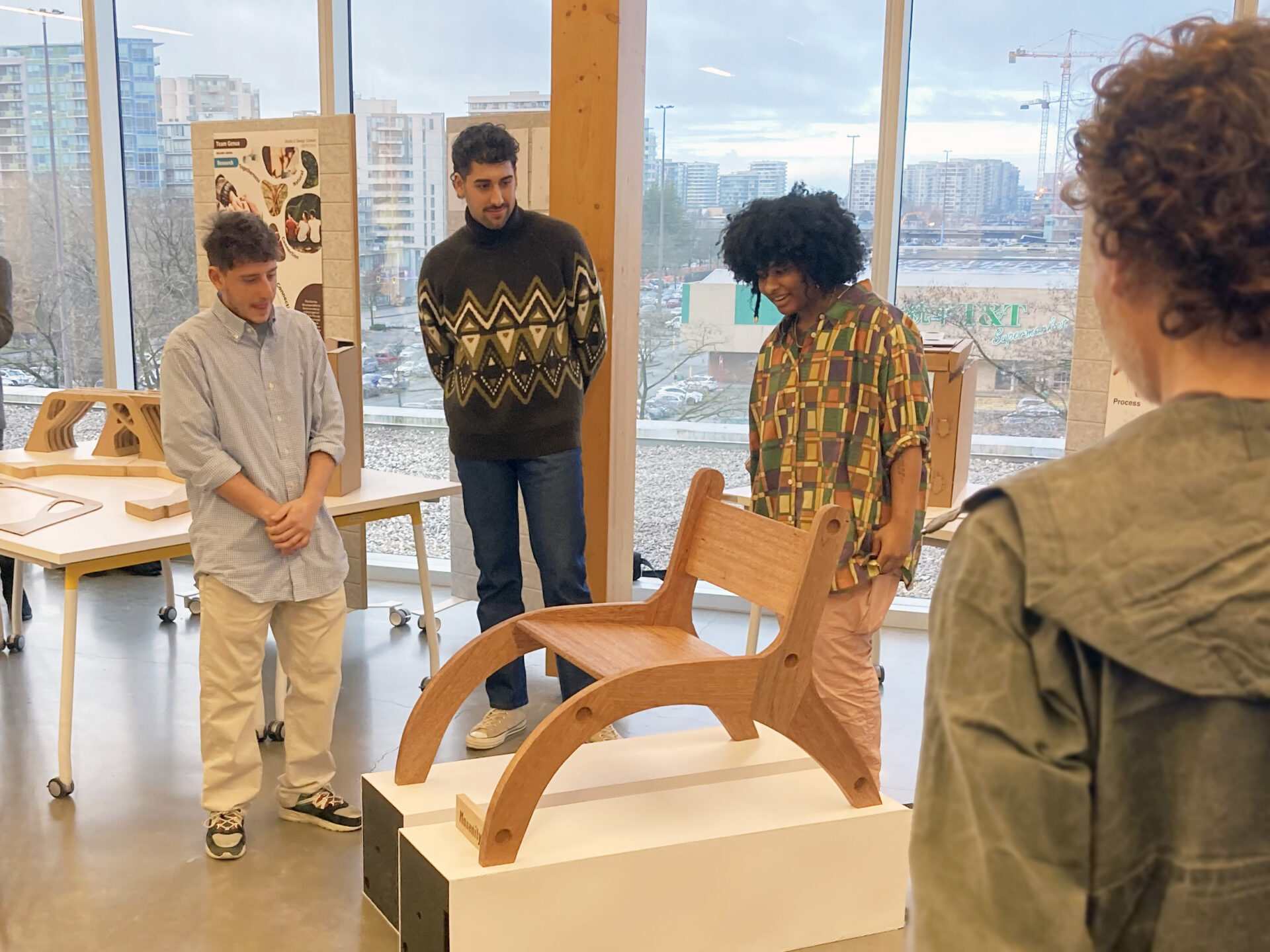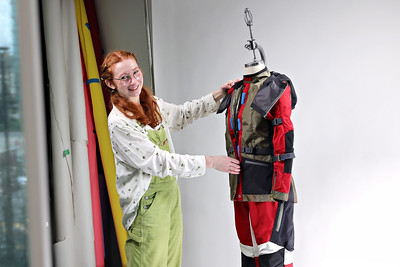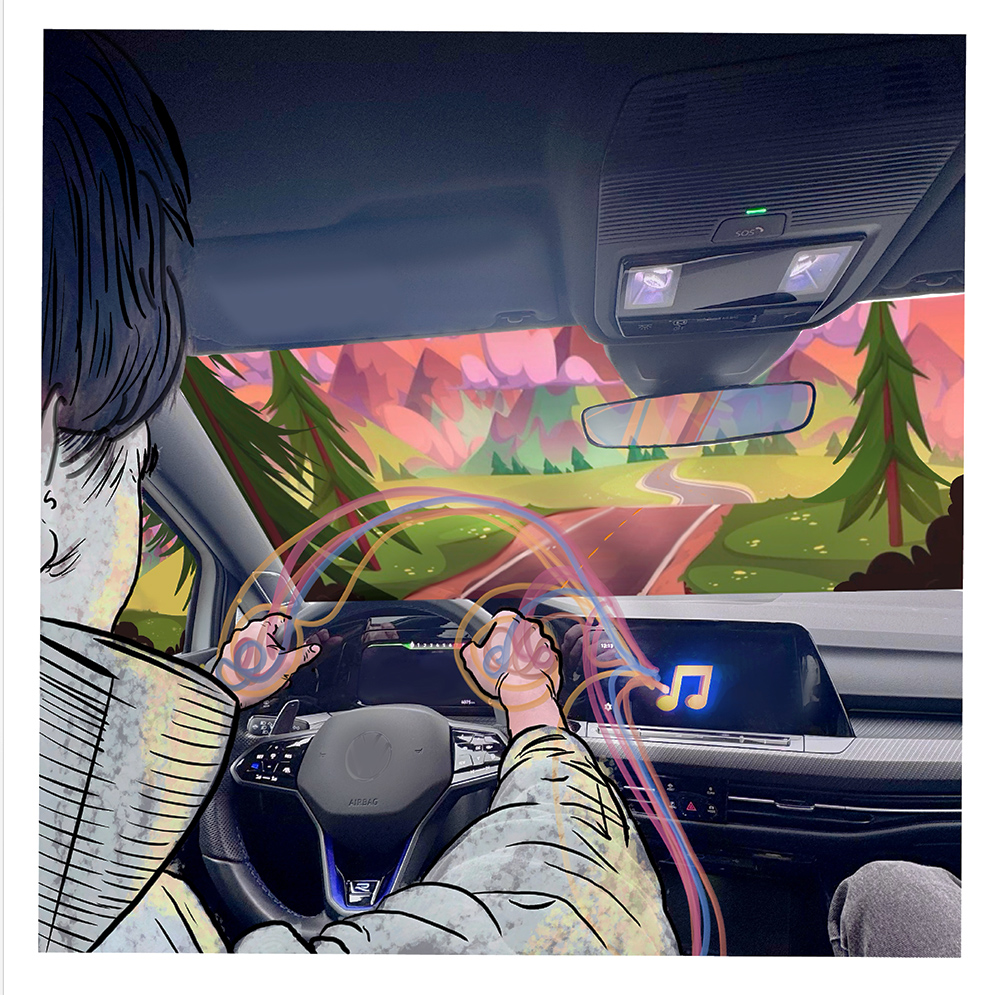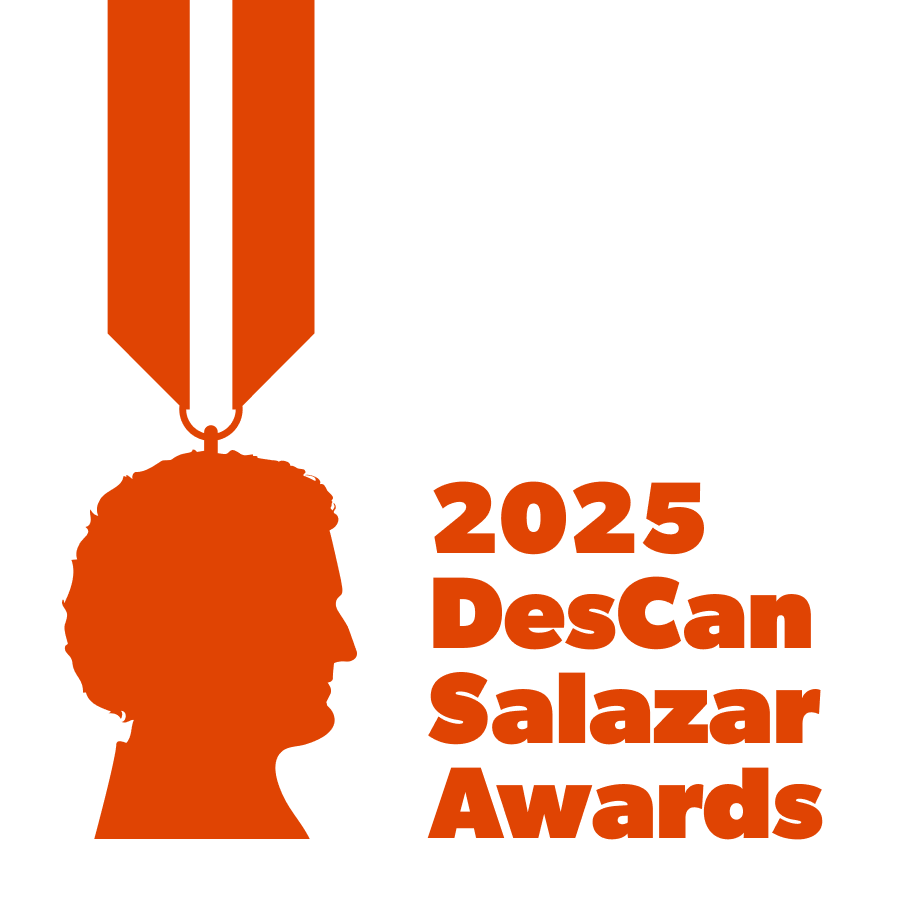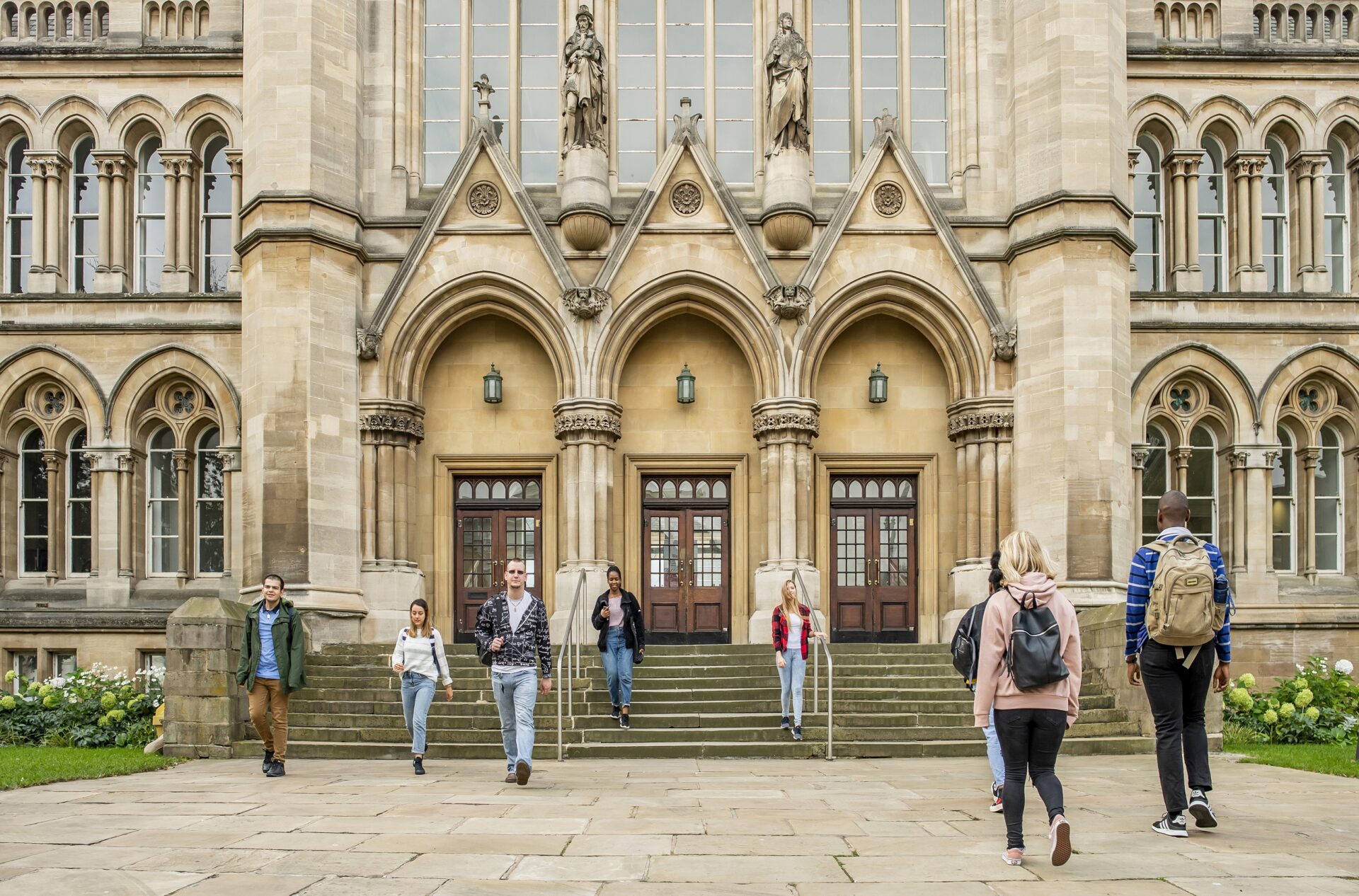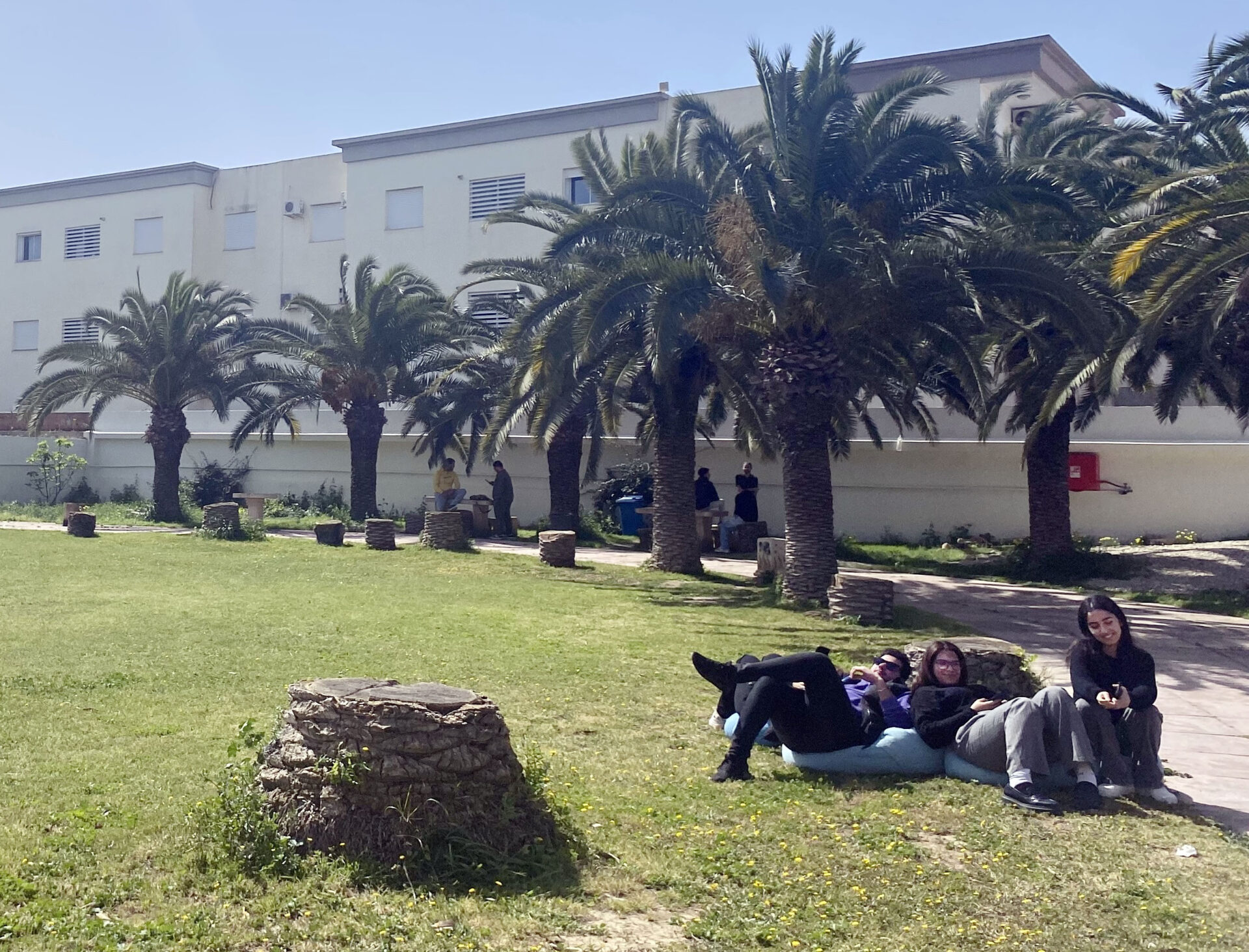At the Wilson School of Design, our intensive hands-on learning experiences aren’t just limited to the classroom. This year, our Product Design students were invited to participate in the ICE-SAR Design Sprint: a four-day workshop focused on designing innovative solutions for the Icelandic Association for Search & Rescue (ICE-SAR). This non-profit organization is comprised of search and rescue volunteers who face rapid weather changes, extreme temperature shifts, and the island’s natural hazards, to prevent accidents and save thousands of human lives every year.
The ICE-SAR Design Sprint was the result of a new collaborative relationship between WSD Faculty, Sue Fairburn, and Susan Christianen of the Icelandic Technology Transfer Office, who share an interest and commitment in design for extremes. Originally, the ICE-SAR Design Sprint was to be hosted in Iceland in May 2020, with Sue as an invited lecturer and panelist. The combined challenges of COVID-19 travel restrictions and an active volcano required the event to be shifted to remote delivery for international participants and in-person for those in Iceland (May 4-7, 2021). The hybrid approach provided an opportunity for designers, engineers, and researchers to work together to address important challenges and problems faced by the ICE-SAR volunteers every day and it meant that a team of WSD design students could participate without leaving home.
Design Faculty and Researcher, Sue Fairburn reached out to her Product Design students about participating in this workshop shortly after the Spring 2021 semester ended. Through lectures, exercises, and feedback from local industry professionals, these multidisciplinary teams were able to develop resilient solutions for key problem areas, such as communication, nutrition, injury, hypothermia and hygiene. This workshop was not only an opportunity to start designing again after a short break, but to collaborate with students from the Icelandic Academy of the Arts, professionals and industry, in small topic-focused teams. On the first day, our students were welcomed by the Icelandic Minister of Industry, Innovation and Tourism, Þórdís Kolbrún Reykfjörð Gylfadóttir.
Throughout this workshop, our students showcased an enthusiasm to learn and collaborate, while working remotely in a different timezone and virtual environment. On average, they worked from 2am to 12pm, and during the workshop’s final days, they extended their hours from 3am to 10pm to help finalize their work which was presented in an auditorium for the hosts and other teams. On the final day, our students were given the chance to listen to the Icelandic Minister of Education, Science and Culture, Lilja Dögg Alfreðsdóttir, provide closing remarks for the event.
One design team was solely comprised of WSD students from both the Product Design and Technical Apparel Design programs. They were tasked with researching the challenges of emergency shelters for ICE-SAR volunteers and designed an innovative, lightweight and quick-deploying shelter for victims of hypothermia.
After the workshop, it was announced that two of our Product Design students and their respective teams were honoured with First Place and Second Place for their innovative design solutions. We are so proud to see our students be recognized for their perseverance, determination, and their passion for problem solving, during this event.
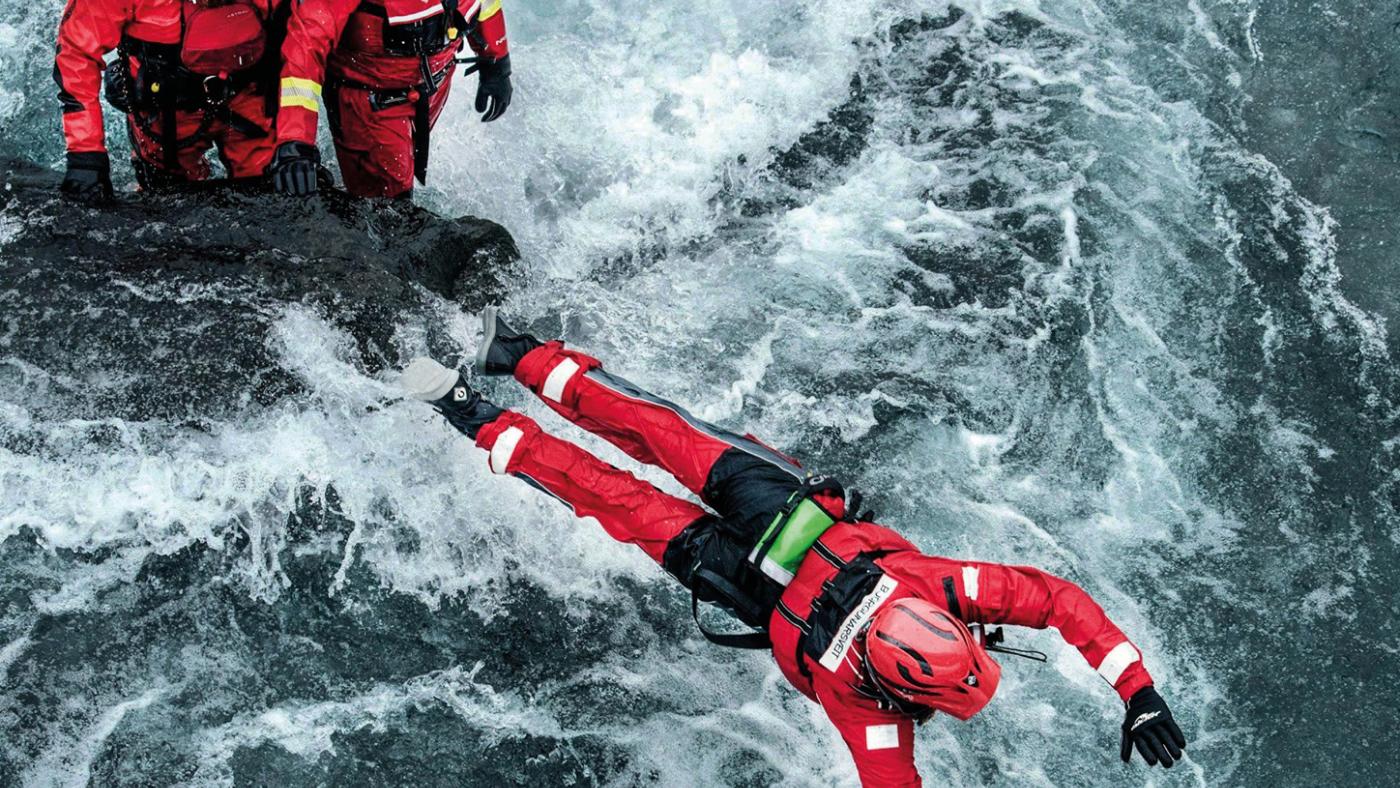
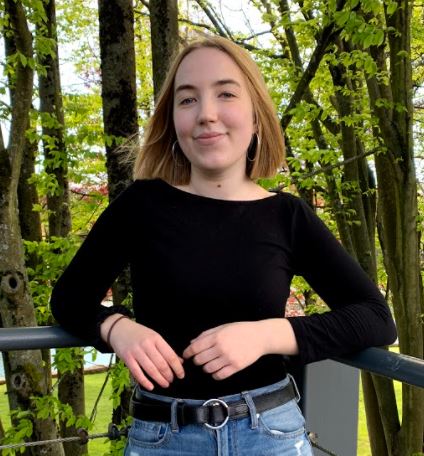
Rebekah Mercs – First Place Team
Foundations in Design Graduate. Product Design Student, 2nd Year.
Rebekah is a student who originally intended to apply for the Interior Design program, but ended up finding her passion for Product Design through the FIND program. In her all-student team for the ICE-SAR workshop, Rebekah was the only Wilson School of Design student; she had the chance to work with two industrial design students, a programmer, and an engineer. With the other two design students, Rebekah helped with developing the interface and interactivity of their prototype.
The ICE-SAR Live Feed Interface
This communication-based solution focused on creating a practical system for relaying messages and visual feedback between the members of the Incident Management Team during Search & Rescue operations. This web-based platform and app allows the user to browse through multiple video livestreams and to request access for specific field pictures instead of relying on emails with attached files. During the design process, Rebekah and her team focused on creating a product that was simple, clean, and functional.
Although this was Rebekah’s first experience with the platform “Figma”, she was able to use her experience with developing websites in Adobe XD during the Product Design program to help design the interface for this prototype.
My favourite part [of the ICE-SAR Design Sprint] was working with people I wouldn’t normally. Working with the programmer and the engineer was really interesting.
The ICE-SAR Design Sprint gave Rebekah the chance to work with people that she otherwise might not have had a chance to. As a Canadian student designer, she found that collaborating with Icelandic students opened her eyes to different perspectives and ways of thinking about how design works.
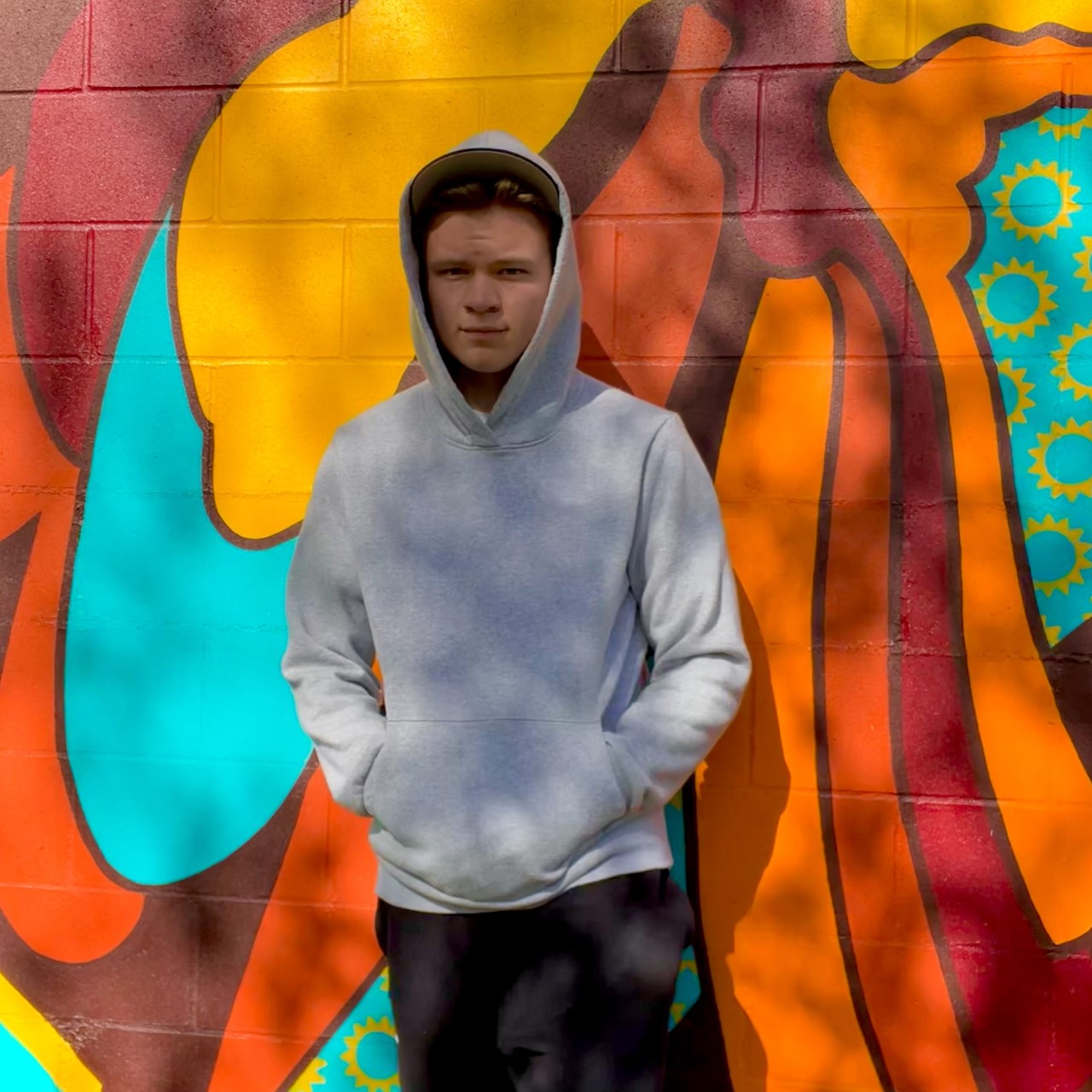
Ethan Klinkenborg – Second Place Team
Product Design Student, 1st Year.
Ethan Klinkenborg had just moved back home for the summer, from Vancouver to Calgary when he joined the ICE-SAR Design Sprint. Since highschool, Ethan has had a passion for Product Design, specifically, a passion for sneakers. Once he graduates the Wilson School of Design, Ethan aims to design shoes to help athletes reach their full potential. During the ICE-SAR Design Sprint, Ethan worked with four students from Iceland, including a mentor. They were able to communicate with each other through email, and separated the workload between the team evenly. Ethan was given the responsibility of designing the product’s packaging.
The ICE-SAR Chocolate Bar
Ethan and his team’s product pitch was a Food-Innovation based solution for the Search & Rescue Team. These volunteers must survive on their own rations for the first 24 hours in the field until they receive food donations from the nearest community. In order to conserve space, they typically bring commercial chocolate bars as one of their primary food sources. However, due to the extreme environments, chocolate bars easily freeze and they don’t provide the nutritional value needed. The newly designed ICE-SAR Seaweed and Salt Chocolate Bar was developed to be a portable and nutrient-rich alternative that the volunteers can rely on as a sufficient energy-booster and filling snack.
We wanted to make something that focused on what they needed, designed specifically for them, and good for the environment.
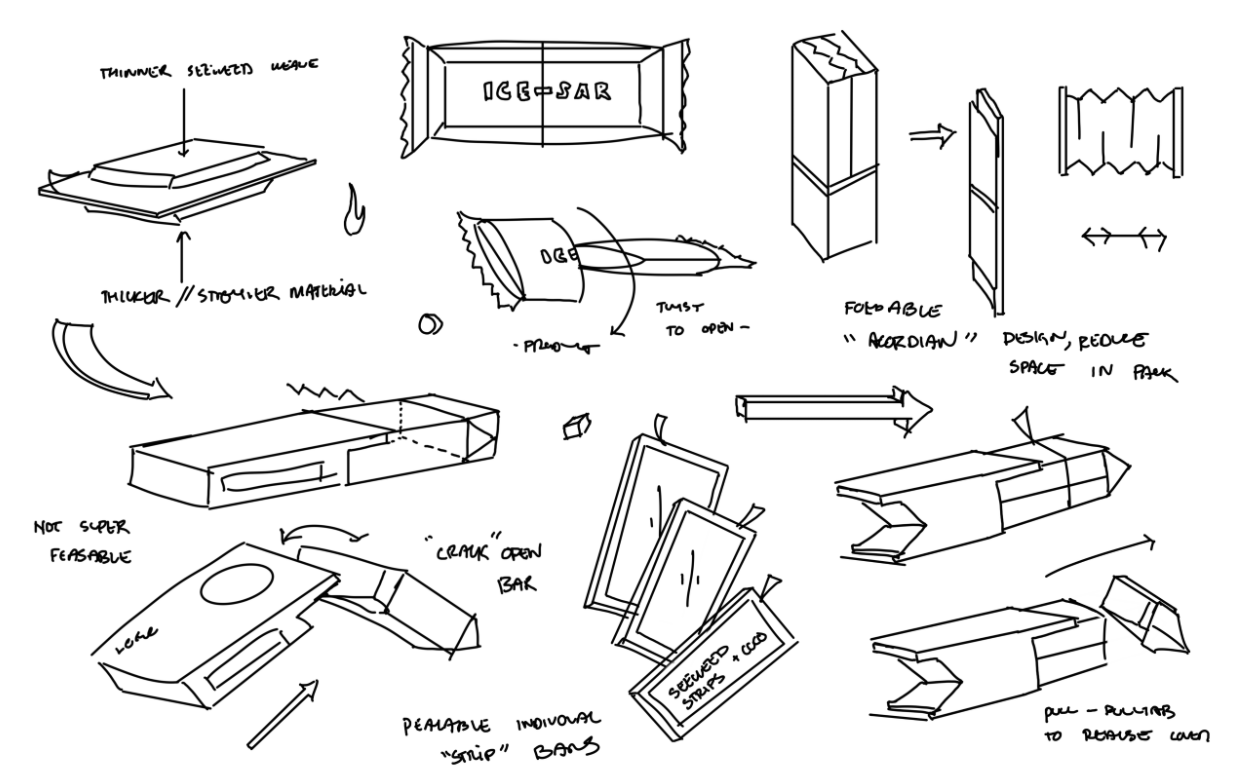
The Product Design program provides our students the knowledge they need to make a difference, and Ethan was able to use his education to create a sustainable solution for the ICE-SAR Design Sprint. During his research, he reviewed the food waste statistics in Iceland, and directed his focus on biodegradable packaging concepts. The outcome? Icelandic Lobster Shell Packaging.
Icelandic lobsters provide a packaging solution that is both environmentally sustainable and locally sourced from Icelandic waters. Through his research, Ethan was inspired by recyclable egg-shell packaging, and the creation process for Icelandic Lobster Shell Packaging is fundamentally similar. The Icelandic Lobster Shell is crushed down into a paste and combined with other environmentally-friendly ingredients to develop into a suitable material for production.
Icelandic lobster shells are twice as thick as an average commercial chocolate bar. With this new material, the ICE-SAR bar can withstand the extreme hot and cold temperatures in the environment and decompose within 2-3 months after they are discarded.
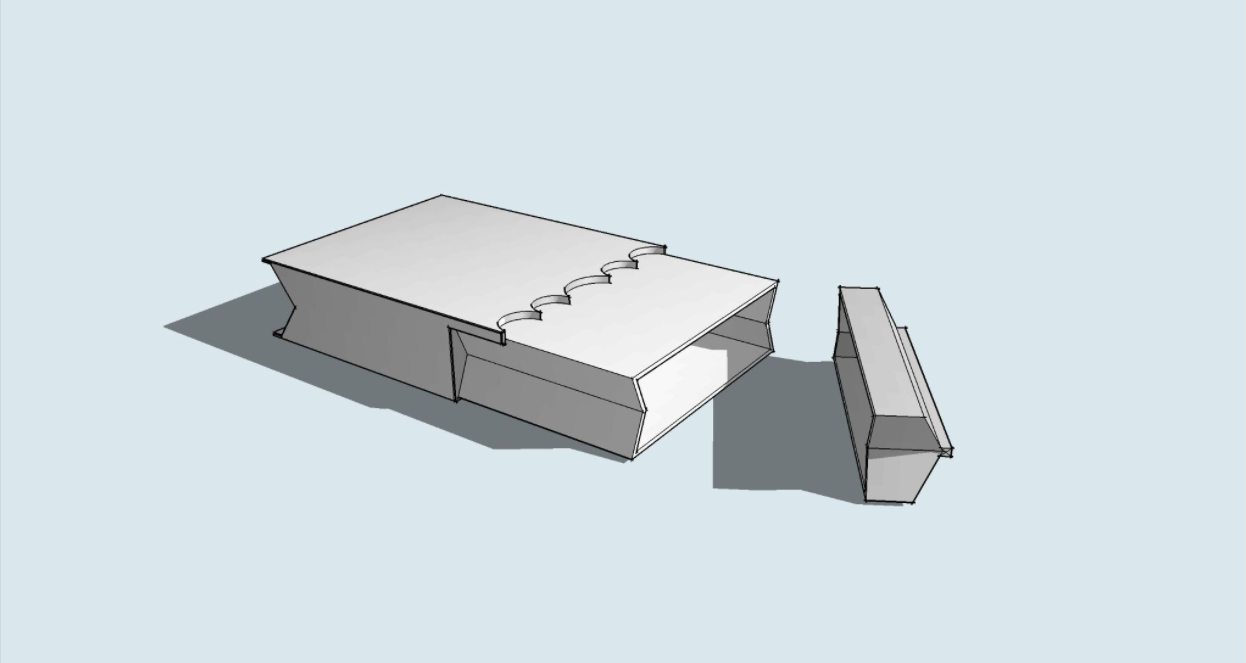
Disrupting What is Possible
We are proud of all our participating students (Clement Michel, Bailee van Rikxoort, Gavin Grace, Emile Routley-Long, Alison Leigh Cowling, Rebekah Mercs and Ethan Klinkenborg) for taking on this opportunity to challenge themselves, and for having their work recognized by industry professionals. We couldn’t have asked for a better outcome from this collaborative experience with TTO Iceland, ICE-SAR (Icelandic Association for Search & Rescue), Arctic Council EPPR, European Space Agency (ESA), 66°NORTH, Summit Climb, the Icelandic Academy of the Arts and Hugmyndaþorp. From everyone at the Wilson School of Design, congratulations!
